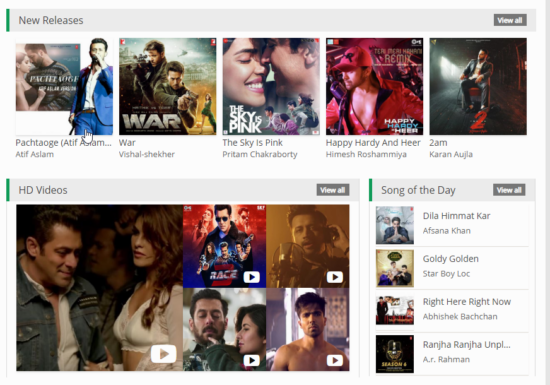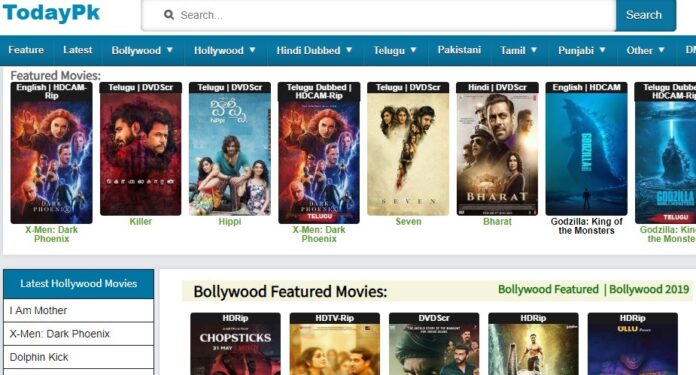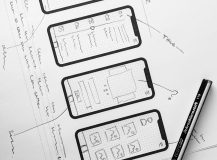In the rapidly evolving digital landscape, where attention spans have dwindled and visual storytelling reigns supreme, brands are adapting swiftly to stay relevant. One of the most critical evolutions in branding today is the transition from static to motion-ready logos. As streaming platforms dominate global entertainment and marketing strategies lean heavily on multimedia, businesses are reimagining how their visual identity moves, rotates, pulses, and responds.
TL;DR — Motion logos are the new brand MVPs
All Heading
In today’s streaming-first world, motion-ready logos are essential for brand recognition and engagement. These logos are designed to adapt to dynamic digital platforms such as video content, social media, and streaming ads. They offer versatility, captivate audiences faster, and turn static branding into immersive visual experiences. For brands hoping to stay culturally and technologically relevant, investing in motion design is no longer optional—it’s a strategic necessity.
Why Motion Matters in Modern Branding
Communication today is faster, more visual, and increasingly video-based. With platforms like YouTube, TikTok, Twitch, and Instagram averaging billions of views daily, digital branding now lives in a realm that demands movement and immediate impact. A motion-ready logo not only complements video content—it’s integral to emotional engagement and brand memorability.
Motion logos serve key psychological functions:
- Attention-grabbing: Movement naturally draws the eye and holds attention longer than static images.
- Personality-enhancing: Animation helps emphasize a brand’s values, tone, and unique characteristics.
- Storytelling support: A dynamic logo can be a narrative device, aiding in the seamless flow of visual storytelling.
Motion design also enables a brand to adapt seamlessly to diverse media formats. Whether it’s on a mobile ad, a smart TV app, a presentation deck, or a splash screen, animated logos scale and shift according to viewer behavior and platform boundaries.
Characteristics of a Successful Streaming-Ready Logo
Designing for motion doesn’t just mean adding a spin or fade effect. It requires intentional planning, creative storytelling, and technical precision. A logo ready for the streaming age should embody the following:
- Simplified shapes: Clean, minimal forms adapt better to movement and maintain clarity at small sizes.
- Flexible design system: The logo should be able to deconstruct and reconstruct logically, allowing for micro-interactions and transitions.
- Consistent visual language: Motion should feel like an extension of the brand’s design language—rhythmic, fluid, and recognizable.
- Multi-platform performance: It must render effectively on everything from 4K screens to mobile devices and within various bandwidth constraints.

Pioneering Brands Leading the Motion Logo Trend
From tech startups to entertainment giants, many brands are acing the motion logo game. Let’s explore a few standouts that show how effective motion design can be for brand storytelling:
HBO Max
As a streaming powerhouse, HBO Max leverages motion-identifying with a swirling gradient animation on its splash screen that merges sleek elegance with brand boldness. This instantly cues a high-value viewing experience and reinforces brand recall.
Spotify
Spotify’s fluid wave and pulse-like animations in their logo motion pieces encapsulate the feeling of music and rhythm. It’s not just decoration—it’s emotional resonance, syncing the brand with the listener’s lifestyle.
Netflix
The signature “ta-dum” sound accompanied by a cinematic red light animation has become iconic. It not only establishes authority within seconds but evolves across various Netflix originals while remaining instantly recognizable.

How to Convert a Static Logo into a Motion Powerhouse
For businesses looking to transition into this new standard, a good starting point is a logo audit. Evaluate whether your existing mark is motion-friendly or if it needs redesigning. The animation process usually involves the following key steps:
- Concept ideation: Determine the brand story you want the motion to reflect. What emotion or visual idea should drive the movement?
- Motion mapping: Break down the logo into components that can logically animate: typeface, icons, symbols, or patterns.
- Storyboarding: Sketch different styles of movement—fade, zoom, expand, bounce, rotate—to test impact and effectiveness.
- Animation production: Using tools like Adobe After Effects or Lottie JSON, designers animate and export the logo for integration.
- Platform testing: Test on multiple screen sizes and in multiple contexts to ensure clarity and consistency.
It’s a collaborative effort between brand strategists, designers, and UX professionals, ensuring that the logo is not just beautiful in motion but purposeful and strategic.
Integration: Where Motion Logos Shine
Where exactly do motion logos get the most traction? Here are key usage points where motion design makes a powerful impact:
- Streaming intros and bumpers: Used before video content to build brand presence and viewer expectation.
- Social media posts: Especially in platforms like Instagram Stories or TikTok where movement is crucial for visibility.
- App and website splash screens: Animated logos help create a smooth brand onboarding experience.
- Virtual events and VR environments: Enhancing immersion through dynamic, reactive visuals that represent the brand fluidly.
Challenges and Considerations
While motion-ready logos offer thrilling creative possibilities, they also come with challenges to navigate:
- Too much animation can confuse viewers if not tied to a strategic purpose.
- Heavy files may slow down load times if not optimized, particularly on mobile networks.
- Overcomplication can dilute the brand if the core visuals aren’t preserved.
Balance, coherence, and efficiency are key. The animation should feel effortless and natural, not forced or gimmicky.
The Future of Brand Identity in Motion
As technology advances and augmented and virtual realities become more mainstream, motion logos will evolve into interactive, even responsive, brand elements. Imagine logos that adapt their motion based on user interaction or ambient environment. This diversified future reveals that the motion brand identity is not a trend—it’s a transformation.
In this new era, companies that embrace motion branding will stand out in noise-heavy environments. Movement is not just eye-catching; it’s human-centric, story-driven, and resonance-building. For any brand looking toward tomorrow, going motion-ready isn’t just smart—it’s essential.
FAQ: Motion-Ready Logos
- What is a motion-ready logo?
- A motion-ready logo is a brand mark designed with animation potential in mind. It can move, transform, or evolve visually to suit digital environments, especially video and streaming platforms.
- Why are animated logos important in streaming?
- In streaming contexts, viewers expect dynamic experiences. A motion logo helps grab attention quickly, tells more of the brand story, and aligns better with fast-moving digital content.
- Can an existing logo be animated?
- Yes, most logos can be animated to some degree. However, it may be necessary to simplify or reconfigure elements so they translate well into motion without losing clarity.
- Will a motion logo slow down my app or site?
- Not necessarily. With proper optimization and the use of lightweight file formats like SVG animations or Lottie JSON, motion logos can load quickly without performance issues.
- How do I choose the right motion style?
- Identify your brand’s core values and emotional tone. Then, work with a motion designer to test styles—whether playful, elegant, bold, or tech-savvy—that align with your brand personality.













Recent Comments